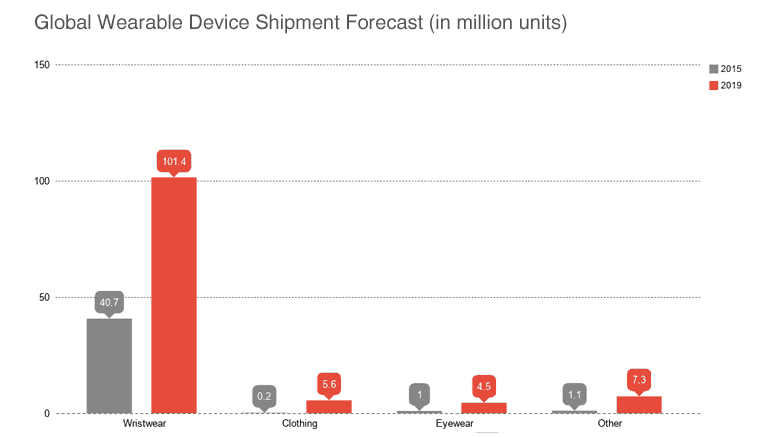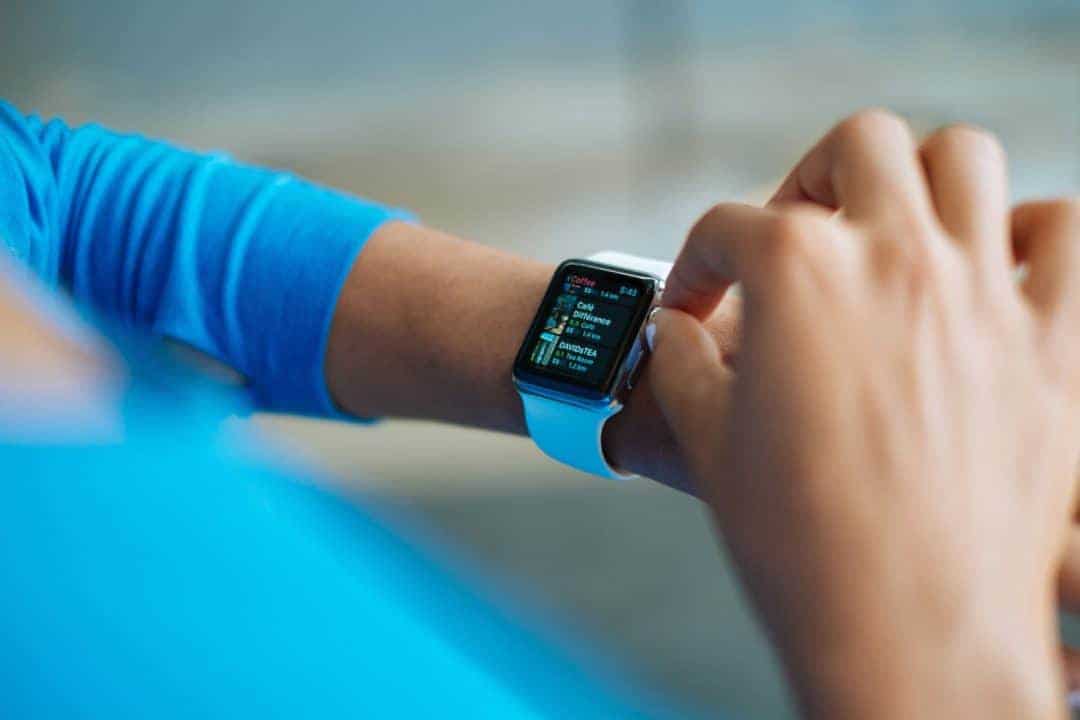Wearable Technology’s Impact on the Healthcare Industry
It’s clear that wearable technology devices have risen in popularity ever since their successful mainstream introduction back in the early 2010s. As the mobile technology world continues to expand, increase and become even more exciting than ever with new advances. Accordingly, unique inventions are bound to arise as a direct result. Wearable smart devices are one realm of the tech industry that has successfully taken off in the mainstream.
It’s become a common industry standard for most up-to-date phones to be easily accessible and pairable to wearable tech. This certainly makes our lives easier and more comfortable. It’s argued that nearly one in six consumers own and use a wearable device. This statistic alone demonstrates the journey that the once niche tech has gone through. It has been aiming to make bolder and more dramatic entrances into the healthcare industry.
The Different Types of Wearable Devices
The majority of industry-leading tech companies have responded positively to the increasing wearable technology market, and they have responded fast. Whilst many luxury fashion brands such as Michael Kors, Emporio Armani and TAG Heuer have adapted their fashionable wristwear to be flashy and visually impressive tech watches, they fail to serve more of a health-related purpose beyond just the fancy-looking aesthetics. But, more consumer-focused companies have identified a gap in the market and have created some great wearable devices that also happen to pay great attention to healthcare, to name a few:
- The Apple Watch (Series 5) £399
- Samsung Galaxy Gear £205
- Fossil Sport £212
- Misfit Vapor 2 £165

Image Source
This graph indicates just how popular the wristwear industry has skyrocketed this year when it comes to wearable devices.
Wearable Devices Integration Into Healthcare
The healthcare industry is constantly looking for immersive and new mediums of technology to help leverage its capabilities of monitoring people’s health conditions and providing effective ways to maintain health standards amongst patients. Wearable tech looks to bridge that gap. It is currently estimated that by the next 25 years, wearable tech will prosper global cost savings of around £ 200 billion within the healthcare sector.
With today’s standards, the majority of wearables often include a software platform for brain injury detections, a wristband that monitors blood oxygen levels, as well as smart patches for remote monitoring and home diagnosis. The majority of these monitoring services can collectively be used via one convenient and fashionable device at the wrist: Smart Wearable Watches (like the Apple Watch, Fitbit and Samsung Galaxy Gear). With wearable technologies integrated into the healthcare industry, it helps to enable the user with a head start in detecting various conditions, which allows them to seek cheaper and more effective treatment options.
Not only is it the wearable tech user that benefits from this ever-increasing popular device, but there’s also the strong potential that the technology could lower hospital costs by as much as 16% in the next 5 years. This could potentially allow the hospital CEOs to lower their operating costs within their domains.
Wearable Technologies Integration Into Fitness
Part of the appeal when it comes to wearable devices is the intuitive feature availabilities and the lower retail prices. These help distinguish two different classes of fitness devices. Basic health trackers will sell better on their value, whereas more complex trackers/devices will offer additional features beyond fitness. These additional features include notifications, integration with mobile phones and music control. But, what both classes have in common – over recent years – is the types of fitness functionalities and applications available.
Fitness-heavy consumers can choose from various fitness apps that offer activities for full-body workouts, area-specific workouts, yoga workouts and breathing control techniques. With the sensors on the back of the devices gathering the relevant information from your wrists, users are able to gain a deeper insight into their fitness goals and progress, which helps to push wearable technology into a higher position of relevancy in today’s fitness and health-conscious society.
Some notable Wearable Fitness watch apps we recommend are:
- iDrated – To help monitor your water intake levels
- MyFitnessPal – Monitor and maintain your calory intake throughout the day from your wrist
- Strava – The simple-to-use running and heart monitoring app
- Calm – A soothing meditation app for breathing control
The Future of Wearable Technology
There’s no denying the significant impact wearable devices have had in many industries… fashion, gaming and more importantly – healthcare. With this success and the continued rapid increase of new and innovative technologies being developed, researchers believe that new findings from wearable devices could potentially help healthcare professionals develop personalised treatment plans, hoping to anticipate the need for intervention before certain health conditions worsen. Technology has not only impacted the health industry but is also looking to evolve.
The question is, are you ready for everything to become even more digitalised, including your personal health data?
If you have an app idea, Talk To Us today!
Share this
Subscribe To Our Blog
You May Also Like
These Related Stories

How Wearable Technology has Impacted the Mobile Industry

State of the Art Technology can be Revolutionary, but why?





